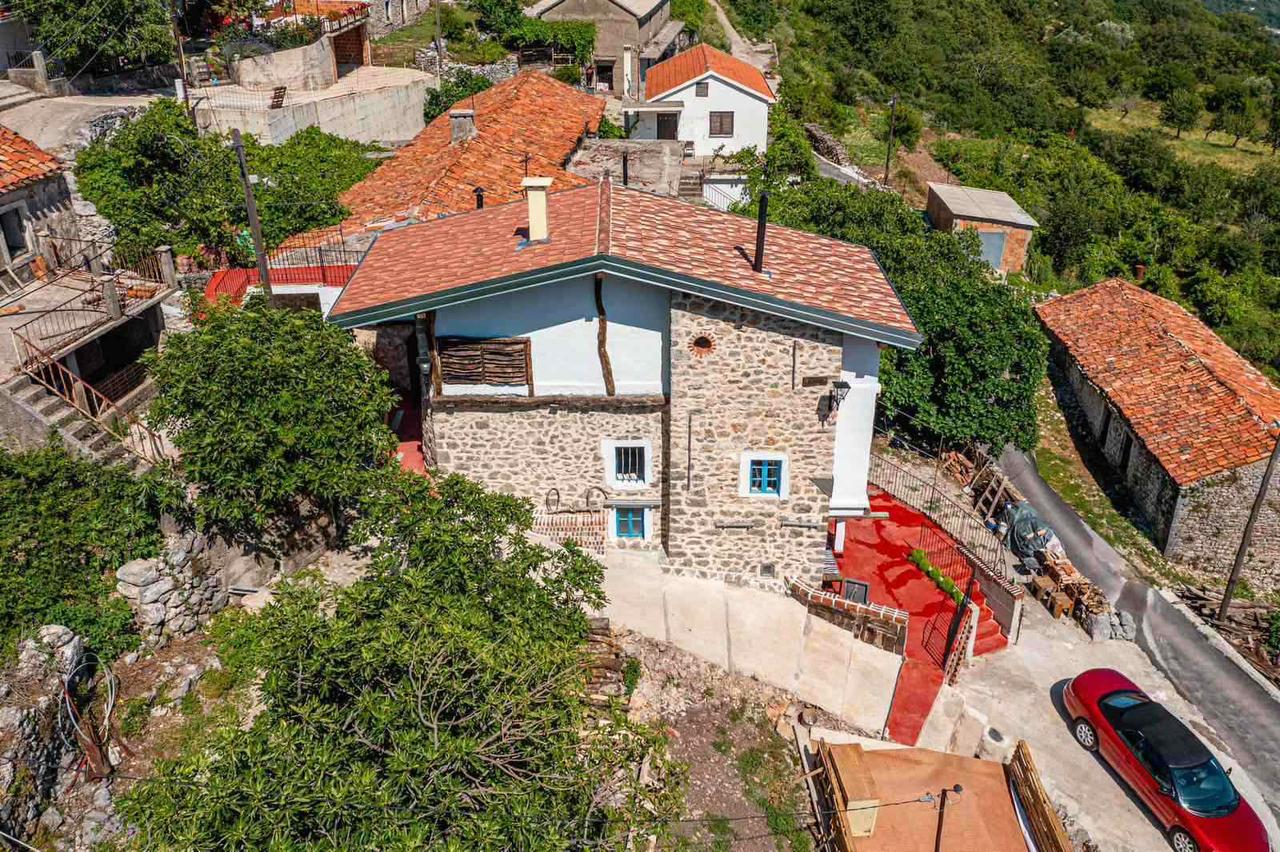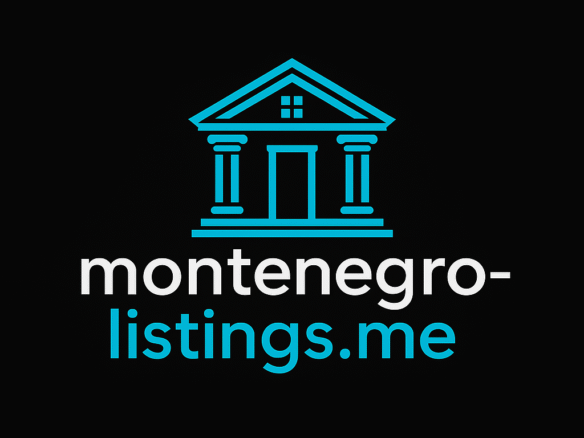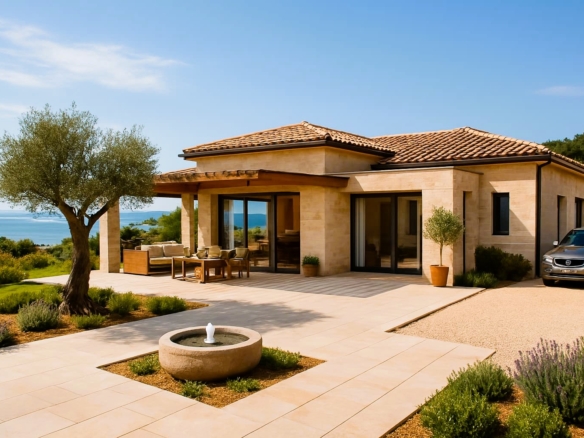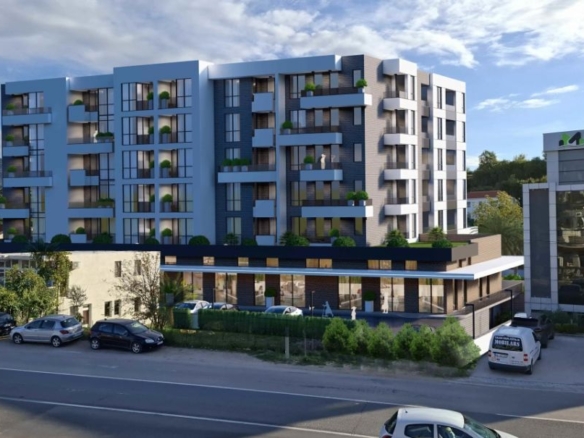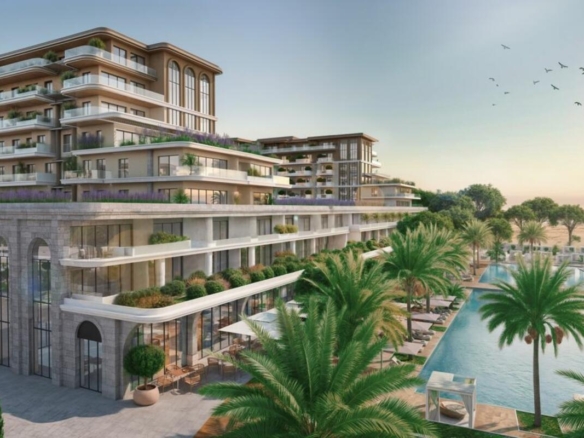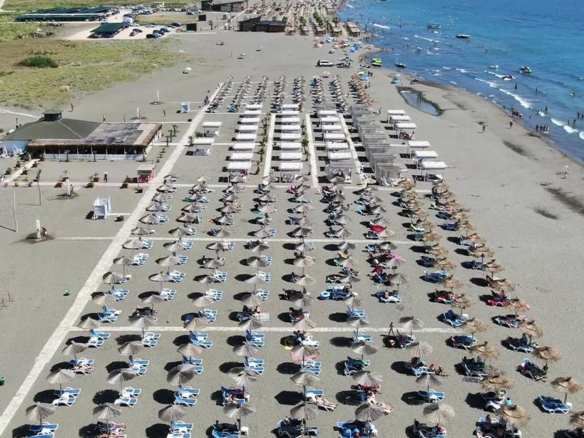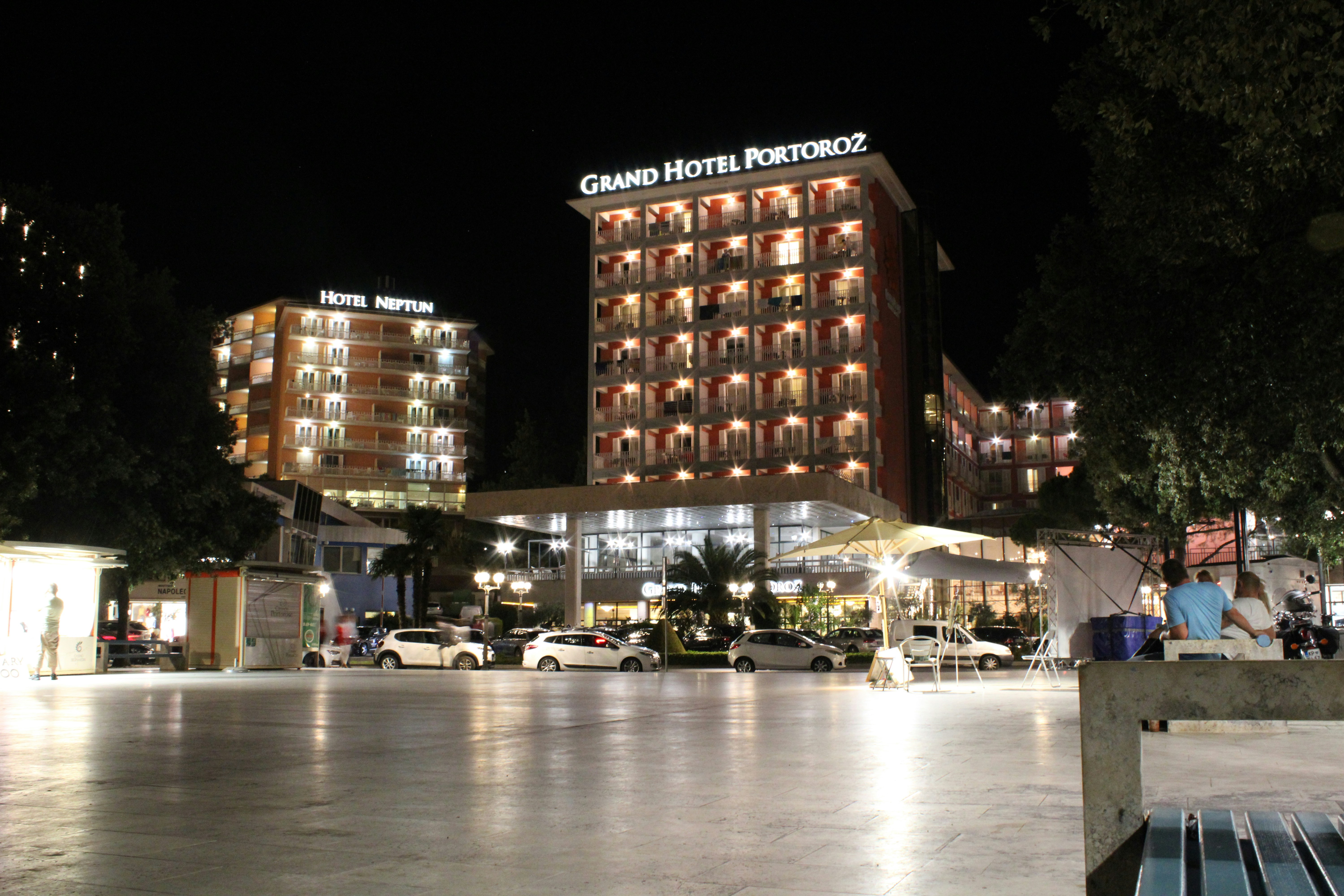Ulcinj 2025–2035: Why Real Estate Prices Are Rising Despite Global Crises 📈
Ulcinj real estate is defying global headwinds: while parts of Europe face stagnation, Ulcinj’s coastal market is climbing on the back of tourism growth, infrastructure upgrades, and steady urbanization. This analysis maps the 2025 baseline, explains demand drivers (from resort expansion to digital-nomad inflows), and projects scenarios through 2035 and beyond. You’ll learn which asset types are winning (sea-view apartments, villas near Velika Plaža and Ada Bojana, prime building plots), which risks to underwrite, and why a local partner matters. Backed by the ekosphere network—covering consulting and construction—Montenegro-Listings.me helps you evaluate, acquire, and operate property with confidence.
Market Snapshot 2025: Ulcinj Real Estate Momentum
Official 2025 indicators point to exceptional market dynamism in Ulcinj. Compared with the prior year, asking prices for residential property in prime coastal micro-locations increased by an estimated ~12%, while suburban and rural belts posted gains of roughly ~7%. The impulse is powered predominantly by international buyers seeking Mediterranean exposure at a discount to Italy and Croatia—yet with comparable coastline assets, 14-km sand beaches, and an improving regulatory and infrastructure environment (Monstat 2025).
Demand concentrates in three buckets: (1) sea-view apartments close to the Old Town and city beaches for lock-and-leave convenience and short-let yield; (2) villas and holiday houses in quieter green zones—especially around Velika Plaža and Ada Bojana—targeting lifestyle buyers and premium seasonal rentals; and (3) building land suitable for private residences or boutique tourist projects. Beyond speculation, the thesis rests on real economy drivers—tourism receipts, demographic inflows, and urban improvement.
- Sea-view apartments: liquidity, year-round demand, turnkey operations.
- Villas / holiday homes: lifestyle + yield; strong summer ADRs, shoulder-season upside.
- Building plots: development margin potential, especially for energy-efficient builds.
Why Demand Is Rising: Tourism as a Catalyst
Tourism remains the leading engine of Ulcinj’s economy—now transitioning from a summer-only cycle to a broader, shoulder-season and partial year-round model. Strategy work by national tourism bodies emphasizes premium positioning, product diversification, and infrastructure quality (TO Montenegro). As five-star openings, branded residences, and amenity-rich resorts take root, a higher-spending segment arrives—one that often graduates from “visitor” to “owner”.
Diversification is critical: kitesurfing on Velika Plaža, water sports, wellness and eco-retreats, and cultural assets in the Old Town extend average length of stay and stabilize occupancy. That strengthens the rental case for furnished apartments and villas—supporting cap rates while compressing vacancy risk. Medium-term guidance from international tourism bodies anticipates sizable revenue growth in Montenegro through 2030 (UNWTO), reinforcing the affordability gap with Western Mediterranean peers and amplifying investor attention.
Improved access compounds these effects. As national road and corridor projects progress, drive times compress and reliability improves, expanding the practical catchment from inland Europe. Better connectivity typically transmits into higher land values first, then to improved pricing power for completed inventory.
Urbanization & Demographics: The New Ulcinj
Ulcinj is welcoming a new cohort: remote professionals, returning diaspora, and service-sector talent drawn by opportunity, climate, and cost efficiency. This blend increases structural housing demand—both for long-term rentals and for ownership—beyond the traditional summer curve. It also supports a richer urban fabric: cafés, studios, co-working, healthcare, and family amenities.
For investors, the demographic mix improves exit optionality. A property is no longer sellable only to holidaymakers; it can appeal to a resident buyer pool as the city professionalizes and incomes diversify. Over time, this reduces cyclicality, helping price discovery and valuation resilience.
Infrastructure & Accessibility: What’s Changing
Transport upgrades—most notably along the Bar corridor and regional links—are steadily improving Ulcinj’s connectivity. While large motorway programs roll out in phases, each segment delivered tends to bring measurable benefits: logistics costs fall, seasonality softens, and second-home markets deepen as the “friction” of getting to the coast decreases.
Parallel public-realm investments—utilities, promenades, beach management, digital connectivity—raise the baseline quality of stay and reduce operational risk for hospitality-adjacent properties. For ground-up developers, predictable utility access and clear permitting paths are key inputs to underwriting.
Investment Thesis 2025–2035: Scenarios & Forecasts
Taking current momentum and policy direction into account, a plausible path is continued appreciation through 2030—albeit normalizing from double-digit surges to a steadier ~5–8% per year. By 2035, prime coastal assets could approach a doubling versus 2025 benchmarks if execution on infrastructure, sustainability standards, and destination branding remains on track.
Asset selection remains decisive. Sea-view micro-locations with walkable amenities, energy-efficient villas with strong outdoor programs, and entitled plots near improving transport nodes are positioned to outperform. Underwrite with conservative rent assumptions but do not under-allocate to sustainability upgrades: they increasingly drive absorption and pricing power.
Risks, Regulations & Due Diligence: What to Watch
As in any emerging coastal market, investors should diligence title clarity, zoning & permits, utility connections, and build standards. Budget legal review and technical surveys up front; confirm cadastral data, easements, setback rules, and environmental overlays. For income assets, test seasonality, ADRs, and operating costs against conservative scenarios and verify short-let compliance.
Construction cost inflation, contractor capacity, and supply-chain timing can impact project IRRs. Include contingencies and stage payments to milestones.
How the ecosphere Network Helps Investors
Local execution is the alpha. The ekosphere-consulting team streamlines due diligence, legal coordination, financing strategies, and acquisition workflows—so you enter the market with clarity.
On the build side, ekosphere-construction manages design, permitting, and delivery, emphasizing energy-efficient envelopes, water management, and low-maintenance materiality—choices that protect NOI and resale value. The umbrella platform ekosphere connects investors to vetted specialists, property management, and cross-border partners for banking, tax, and expatriate setup.
Conclusion: Why Ulcinj Is a Future-Proof Bet
Ulcinj’s rise is not an anomaly—it is the product of tourism upshifts, demographic renewal, and tangible public and private investment. Prices are increasing because fundamentals are improving: diversified demand, better access, and more professional inventory. For disciplined buyers, the next decade offers a rare blend of lifestyle utility and capital appreciation potential on the Adriatic—still at entry prices far below Western Med peers.
Ready to chart your move? Explore curated opportunities on Montenegro-Listings.me, then activate the ekosphere network for advisory and construction support to take your project from thesis to keys-in-hand.
